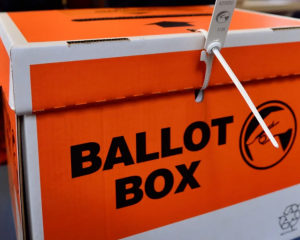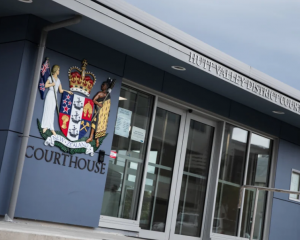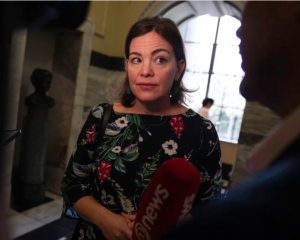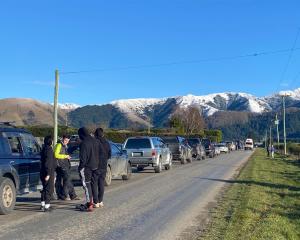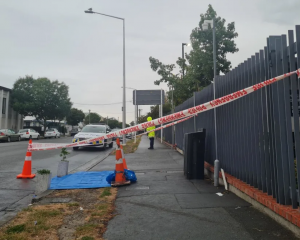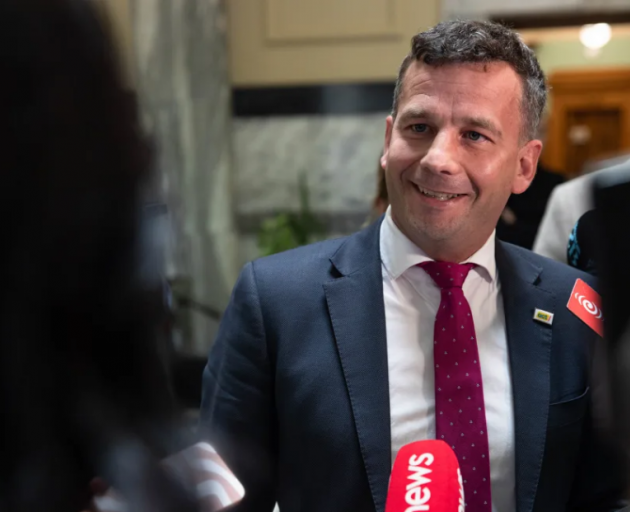
Associate education minister David Seymour has announced the government has found about $107 million a year in savings in the current Ka Ora, Ka Ako programme, some of which will be used to provide free morning tea and lunches to pre-schoolers.
Until the end of this year, the school lunches programme would remain as it was for the 235,000 students in more than 1000 schools receiving it.
A new interim delivery model would kick in next year, which has temporary funding for two years, to allow time for a full redesign of the school lunch programme before any more money was dedicated.
From February, up to 10,000 pre-schoolers in low-equity, not-for-profit, community-based early childhood centres would be eligible for a free morning tea and lunch five days a week at a cost of $4m.
"The first 1000 days are key to a child's development. I am proud this government can innovate to help even more children who need it," Seymour said.
"We are delivering on our commitment to treat taxpayers' money with respect."
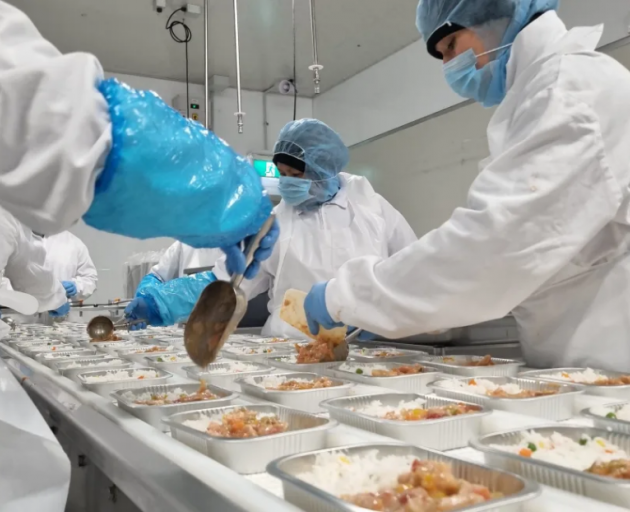
That programme will be bulk purchased by the government and delivered to schools, which Seymour said would "significantly reduce the cost of the programme".
"Students will receive nutritious food that they want to eat. It will be made up of the sorts of food items thousands of mums and dads put into lunch boxes every day for their kids - forget quinoa, couscous, and hummus, it will be more like sandwiches and fruit," Seymour said.
When asked about food items like sushi for lunches, he said, "If you don't get that sushi's woke, then I don't know how to wake you up, but the key message here is that we are introducing the kinds of foods that are put in the lunchboxes of children, the other 75 percent of kids, who rely on their parents to send their lunch".
Schools would still have the ability to choose what food they ordered and decide how many lunches their school needed.
Existing suppliers for the Ka Ora, Ka Ako programme would also be eligible to provide food for older year groups, and families who wanted to make their own lunches for their children would be able to.
Health Coalition Aotearoa (HCA) has slammed the move, describing the change high school and intermediate lunches as a "new low".
"This announcement is a devastating lost opportunity to promote healthy eating habits that protect against chronic diseases that result in major health system costs," HCA co-chair Professor Lisat Te Morenga said.
The organisation said it was pleased the scheme was continuing in primary schools but feared the nutritious meals supplied to older children would be replaced by "largely processed snack foods".
"Pallets of packaged foods are not going to remotely match the high quality, nutritionally balanced and tasty meals of Ka Ora, Ka Ako," HCA co-chair Professor Boyd Swinburn said.
An advisory group would be set up by the government this year to work out the logistics and contracting for the new programmes, including nutritional value in the meals provided.
Seymour said that the government were budgeting for $3 per lunch.
"At the moment KidsCan budget $2. If you look at what big catering companies are able to to, they actually manage to do - I was sceptical myself - but they actually manage to provide very nutritious food at very low prices."
Those composite schools that have a mixture of students from years 0 to 13 will need to operate a dual model in 2025 and 2026, whereby younger students receive the current lunch in schools programme and those in years 7 and above would get the alternative model.
Budget 2024 provides $478m of interim funding for the free lunches programme for the next two years.
"Through innovation and embracing commercial expertise, we're delivering a better programme, saving taxpayers approximately $107 million per annum compared to how Labour funded it," Seymour said.
"The previous government conditioned people to believe that the only way to show your love as a government is to spend more money and employ more people. We think getting improved outcomes for all New Zealanders is better and those things are not always connected."
Students at schools receiving taxpayer-funded lunches would also continue to access the Kickstart Breakfast and Fruit in Schools programmes.
- Additional reporting ODT Online





